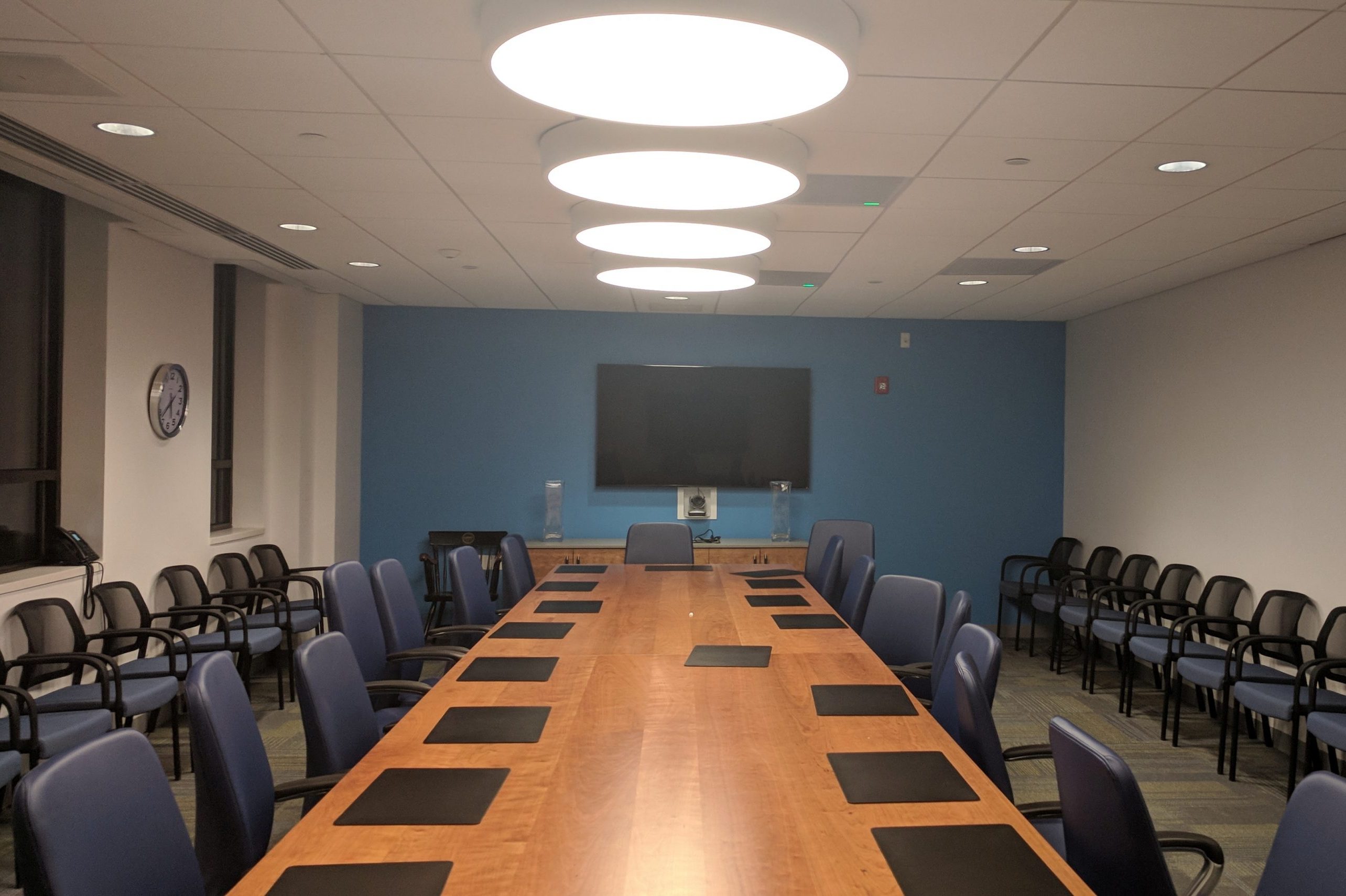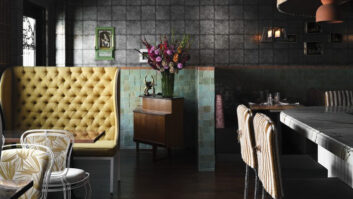
In the first part of this feature we revealed the affects a lack of consideration to the needs of the user can have on acoustics in corporate environments. Here Ian McMurray looks at the improvements that can be made by deploying sound masking solutions and soft furnishings.
In an ideal world, an optimum acoustic environment is a key consideration at the point a building is designed. The AV industry is often painfully aware, unfortunately, that this is all too rarely the case (and it is often no different on the V side of AV). As such, most integrators are likely to be called in to improve an existing environment.
“The most challenging rooms are those that are divisible, because the acoustics of the space change as the rooms are reconfigured,” believes Marc Happes, product manager, unified communications at Bose Professional. “With divisible rooms, it’s important to understand the different use cases and seating arrangements for the different configurations. Speaker and ceiling microphone placement should begin with the largest room combination in mind. Providing more speaker zones allows finer adjustments within certain problem areas; it is also reasonable to expect that some zones may be turned off when rooms are divided.”
There are numerous approaches that can be considered in a retrofit environment. Tom Colman, senior applications engineer at Shure Europe, returns to the surfaces in a room.
“Breaking up these flat, solid, hard surfaces and bringing in more soft furnishing products will improve the acoustics,” he explains. “Having all these things in place will improve the reverb time, thus making it more appropriate for conferences.”
Common problems
“Sound masking solutions can be retrofitted to improve existing acoustic environments, with solutions available for open ceilings and plenum installation,” points out Hanieh Motamedian, business development manager at audio systems distributor Sound Directions. “In fitting a well-designed sound masking solution, organisations are able to resolve lots of common acoustic problems associated with poor acoustic environments. By reducing the ‘radius of distraction’ for each employee with sound masking, noisy chatter, telephone conversations and keyboard tapping noises become less pronounced and employees are able to remain focused and productive.”
She goes on to explain that sound masking solutions are designed as multi-zoned solutions, and some solutions offer real-time adaptive adjustment – auto-volume adjustment – and automatic equalisation. What does this mean in real terms and what are the benefits? It means, Motamedian says, that if required and calibrated correctly, a sound masking system can monitor ambient sound levels in each zone of a workplace environment and adjust levels accordingly for each zone. When a room or zone is empty, or staffing levels on a particular day are low, the sound masking system responds accordingly. Conversely, when levels of staff are high, the sound masking system can also react.
Inevitably, it’s also vital to understand the available audio technology and its strengths, and specifying and deploying it appropriately.
Careful consideration
“Acoustic treatments carry an economic and aesthetic impact that the owners of the space may try to avoid in retrofit,” says Bose’s Happes. “Proper treatment is always the best approach, but when acoustical treatment is not an option, designers must carefully consider the dispersion patterns of speakers and pick-up pattern of microphones that can help reduce the impact of the challenging acoustics.”
He goes on to describe some of the solutions his company can offer for spaces of all sizes, such as line array elements with variable horizontal and vertical dispersion patterns, including asymmetrical patterns. Digital steerable column arrays can be used to steer the sound vertically into a particular zone and away from problem areas. Within the conference room environment, other speaker types mount along the boundary and direct towards the centre of the room and audio away from the wall. Happes contrasts this with a typical ceiling speaker that has a conical dispersion pattern and distributes sound in all directions.
Turning to the use of microphones, Happes notes that room purpose will ultimately dictate the appropriate type of microphone.
“Microphones help maintain speech intelligibility by avoiding room reflections,” he says. “Close microphone techniques are almost always best practice.”
He goes on to describe how gooseneck microphones, lavalieres and beamforming microphones should optimally be deployed, depending on the application and space, and how good-quality DSPs such as those available from Bose for sound reinforcement and conferencing applications, can be used to help provide the fine adjustments required to equalise and set the levels of the microphones and speakers.
Starting point
Increasing the use of soft furnishings, deploying sound masking and choosing equipment with the optimum characteristics for the space and usage are, of course, only three of the available approaches – but they represent a good starting point.
Good acoustics have been demonstrated to have a positive effect on staff morale, worker productivity, corporate security, individual safety and even, in a healthcare environment, patient outcomes. Good sound doesn’t, however, happen by accident – it’s a function of good design and implementing the appropriate hardware, whether at the outset or after the deficiencies of the existing acoustic environment have finally proved unbearable.







